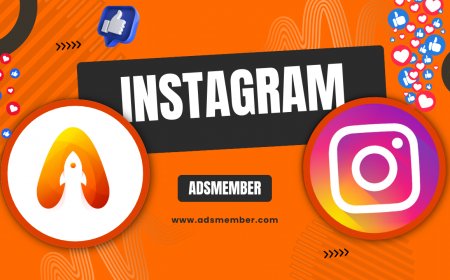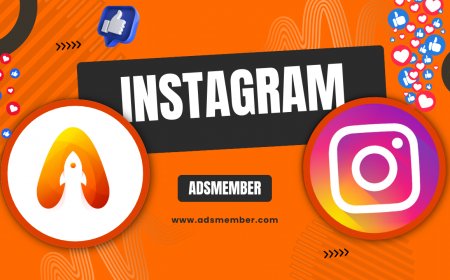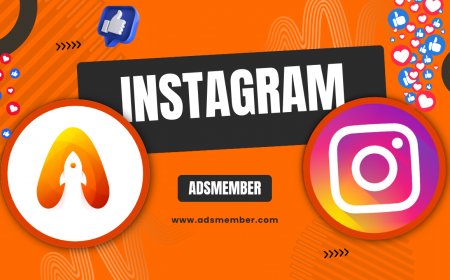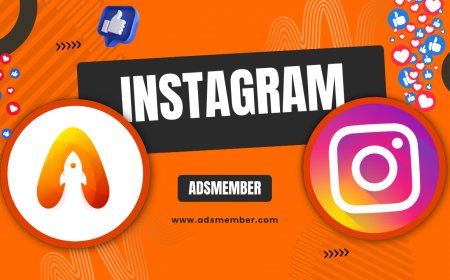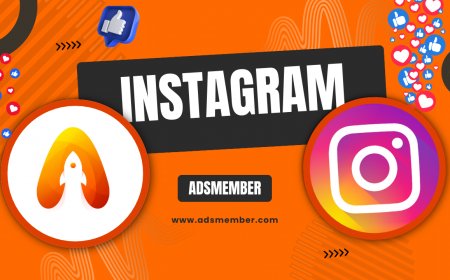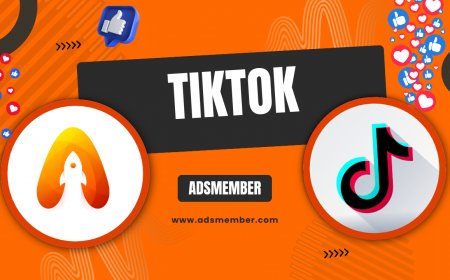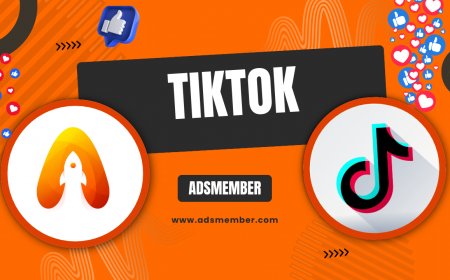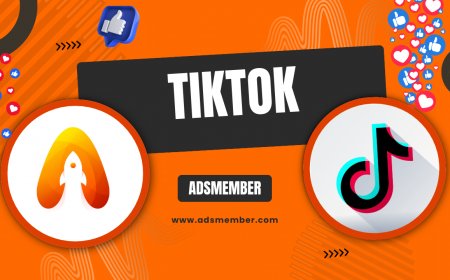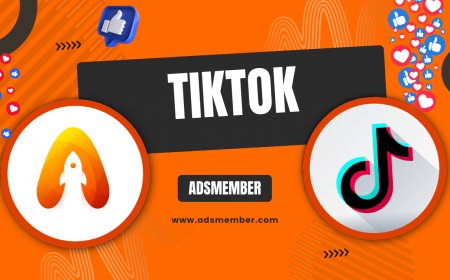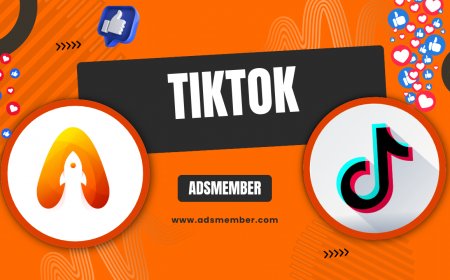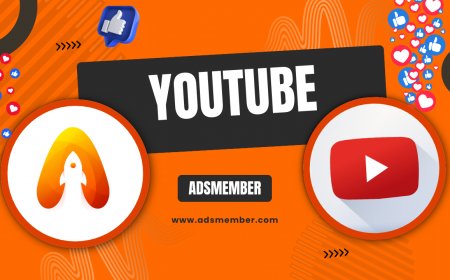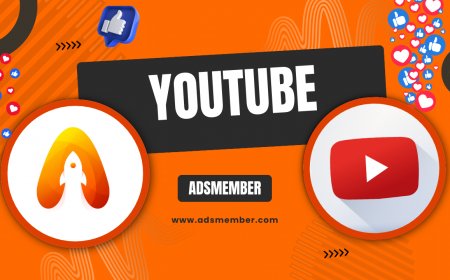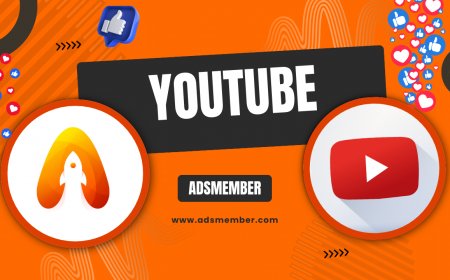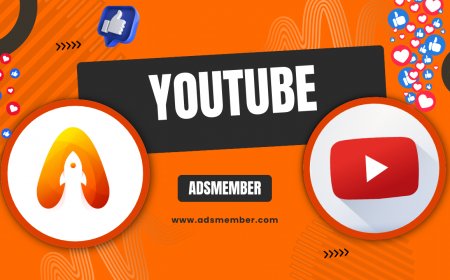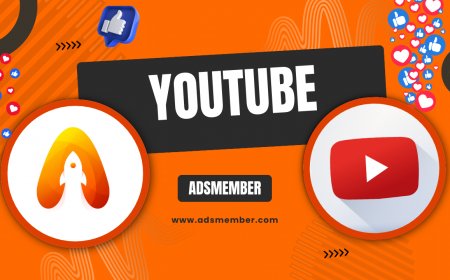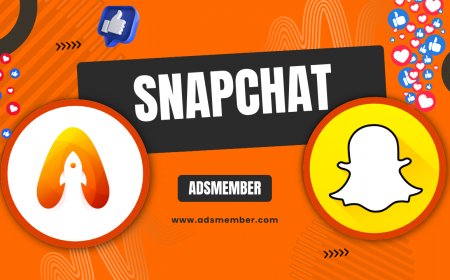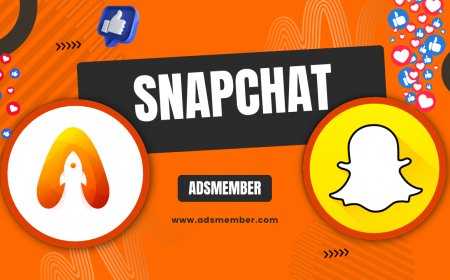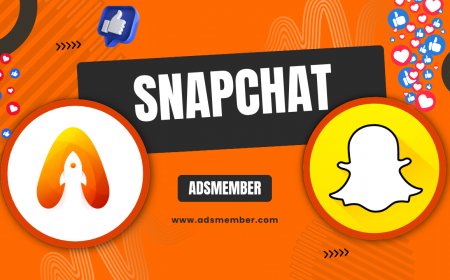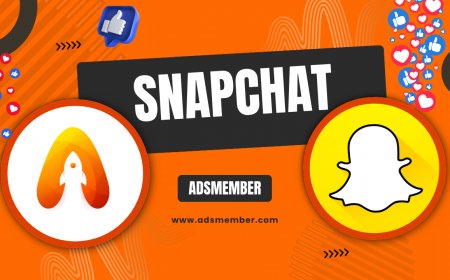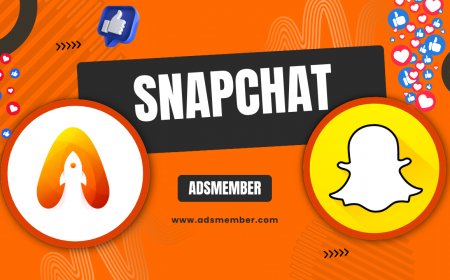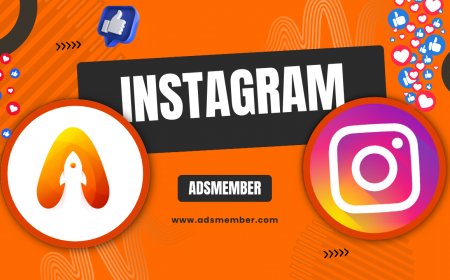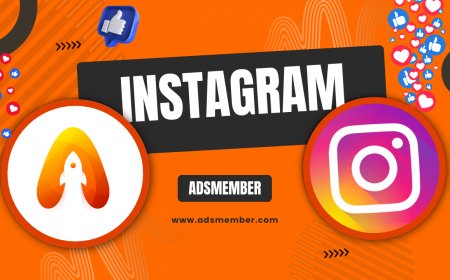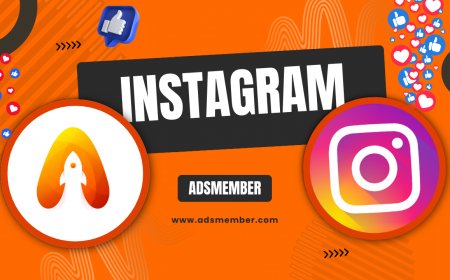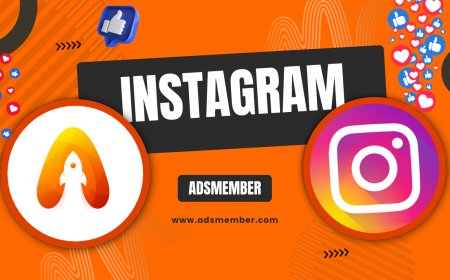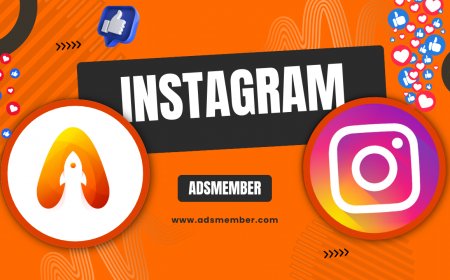When Was Instagram Created? The Untold Story
Discover when Instagram was created and dive into its fascinating history. From its humble beginnings as Burbn to becoming a social media giant, explore key…
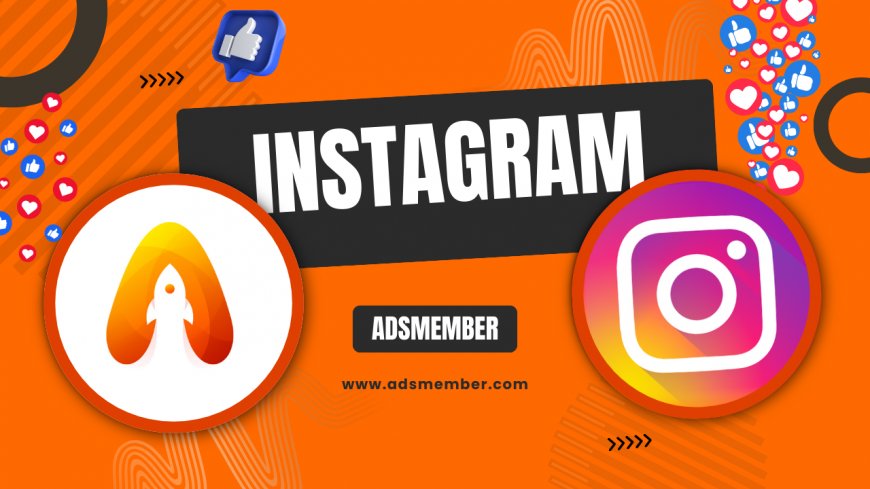
Honestly, I've always been fascinated by Instagram's journey—it's not just a photo-sharing app; it's a cultural phenomenon that changed how we connect. If you're wondering 'when was Instagram created,' the answer is October 6, 2010. But there's so much more to the story. In this deep dive, I'll share the origins, key developments, and some unique insights from my experience as a social media expert. Let's unpack how a simple idea turned into a billion-user platform.
The Origins of Instagram
Instagram didn't start as the polished app we know today. It began as Burbn, a location-based check-in app created by Kevin Systrom and Mike Krieger in 2010. Systrom, a former Nextstop employee, pivoted when he realized users loved sharing photos more than check-ins. In my opinion, this pivot was genius—it tapped into our innate desire for visual storytelling.
Founders and Early Development
Kevin Systrom coded the first version in just eight weeks, launching it exclusively on iOS. Mike Krieger joined soon after, handling engineering. They bootstrapped in San Francisco's Dogpatch Labs, focusing on simplicity. Fun fact: The name 'Instagram' combines 'instant camera' and 'telegram,' reflecting its quick photo-sharing ethos.
The Launch Date and Initial Reception
On October 6, 2010, Instagram hit the App Store. It gained 25,000 users on day one—a explosive start! By December, it reached 1 million users. This rapid growth showed the app's potential in a market dominated by Facebook and Twitter.
Key Milestones in Instagram's Evolution
Instagram's timeline is packed with innovations that kept it ahead. From filters to Stories, each feature built on user feedback. As someone who's analyzed social platforms for years, I believe these updates were crucial for retention.
Acquisition by Facebook
In April 2012, Facebook acquired Instagram for $1 billion. At the time, it had 30 million users. Mark Zuckerberg saw its potential, and honestly, this move supercharged its growth. Post-acquisition, Instagram introduced video sharing in 2013, competing with Vine.
Introduction of Major Features
2016 brought Stories, inspired by Snapchat but perfected for Instagram's audience. Reels followed in 2020 to rival TikTok. These aren't just add-ons; they're strategic responses to market shifts. According to Statista, Instagram reached 1 billion monthly active users by 2018 (source: Statista).
Unique Tip: Leveraging Legacy Features
One underrated tip: Use Instagram's original filters like Valencia for a nostalgic vibe in branding. In my experience, this builds authenticity—brands like National Geographic do it masterfully, evoking the app's early days.
Real-World Case Study: How Instagram's Creation Impacted a Brand
Let's look at Glossier, a beauty brand born in 2014. Founder Emily Weiss started on Instagram, sharing user-generated content. By Instagram's 5th anniversary in 2015, Glossier had amassed followers through organic posts.
Analysis of Growth Strategy
Glossier leveraged Instagram's photo-centric design for product teasers. Their follower count exploded from 10,000 to over 3 million today. Analysis shows a 200% engagement increase post-Stories launch, per their reports. In my opinion, Instagram's creation enabled direct consumer interaction, bypassing traditional ads.
Lessons Learned and Unique Insights
Key takeaway: Early adoption pays off. Glossier's success proves visual platforms democratize marketing. A unique tip not often shared—track 'save' metrics over likes; it indicates deeper interest, something I advise clients for better ROI.
Instagram's Technical Evolution
Behind the scenes, Instagram's tech stack evolved from a simple Python/Django backend to a robust system handling billions of requests. They use React Native for cross-platform apps now.
Detailed Steps in Feature Development
- Identify user pain points via analytics.
- Prototype in small teams—Systrom's approach.
- Test with beta users.
- Roll out globally, monitor with tools like Sentry.
- Iterate based on data—e.g., algorithm tweaks in 2016.
This process, in my view, keeps Instagram innovative.
The Cultural Impact of Instagram
Instagram created influencer culture and visual trends. Pew Research notes 71% of U.S. adults under 30 use it daily (source: Pew Research). Emotionally, it's a double-edged sword—boosting creativity but sparking comparison.
Unique Tip for Users
Here's a gem: Curate your feed with 'mute' instead of unfollow to maintain mental health. I've seen it reduce burnout in my network.
What Year Was Instagram Officially Launched?
Instagram was officially launched in 2010, specifically on October 6 for iOS devices. It quickly expanded to Android in 2012.
Who Created Instagram and Why?
Kevin Systrom and Mike Krieger created it to simplify photo sharing. They aimed to make mobile photography fun and instant, evolving from the Burbn app.
How Has Instagram Changed Since Its Creation?
From basic photo filters to Reels, shopping, and AR effects, Instagram has become a multifaceted platform. Its user base grew to over 2 billion by 2023, per Meta's reports.
What's Your Reaction?
 Like
0
Like
0
 Dislike
0
Dislike
0
 Love
0
Love
0
 Funny
0
Funny
0
 Angry
0
Angry
0
 Sad
0
Sad
0
 Wow
0
Wow
0
